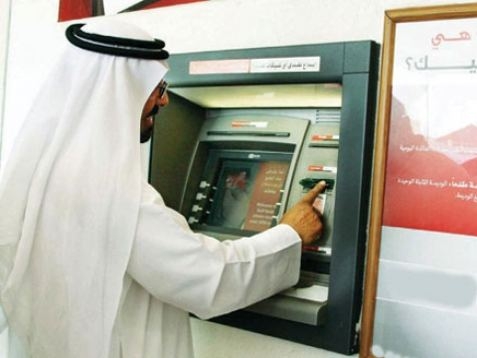High oil prices, rising consumer spending and major infrastructure projects are likely to contribute to continuing strong growth in banks operating in the Kingdom and the region the coming year, according to a new report. The collective assets of the largest 50 banks in the region increased by 7.7 percent in the year to June 30, reaching $ 1.28 trillion.
Profits up by 5.4%
Profits were also up by 5.4 percent, compared to the first half of 2011, reaching $ 12 billion.
"Overall, the GCC banking sector appears to be in good shape," according to an analysis released by QNB Group.
The GCC banks have also avoided exposure to many of the problematic financial instruments, such as peripheral euro zone debt and mortgage-backed securities that have been weighing heavily on banks' performance in Europe and the US.
The banking sector is skewed toward the largest banks, with the top 10 representing 50 percent of total assets. Saudi and UAE banks make up the bulk of the top 50, in terms of both number — 12 and 14 respectively — and aggregate assets, 33 percent and 28 percent respectively.
Qatar in third place
Qatar is in third place, and eight of its banks are included in the group, representing 13.5 percent of total assets. The report said 15 of the top 50 banks are Islamic and represent 19.5 percent of total assets.
National Commercial Bank in Saudi Arabia saw the strongest growth among the 10 largest banks with profits up 20 percent. QNB was in second place in terms of growth, with 17.1 percent, but achieved the highest level of profits, at $ 1.13 billion.
Al-Rajhi Bank of Saudi Arabia and National Bank of Abu Dhabi also achieved double-digit growth.
Arab News
3 September












































































